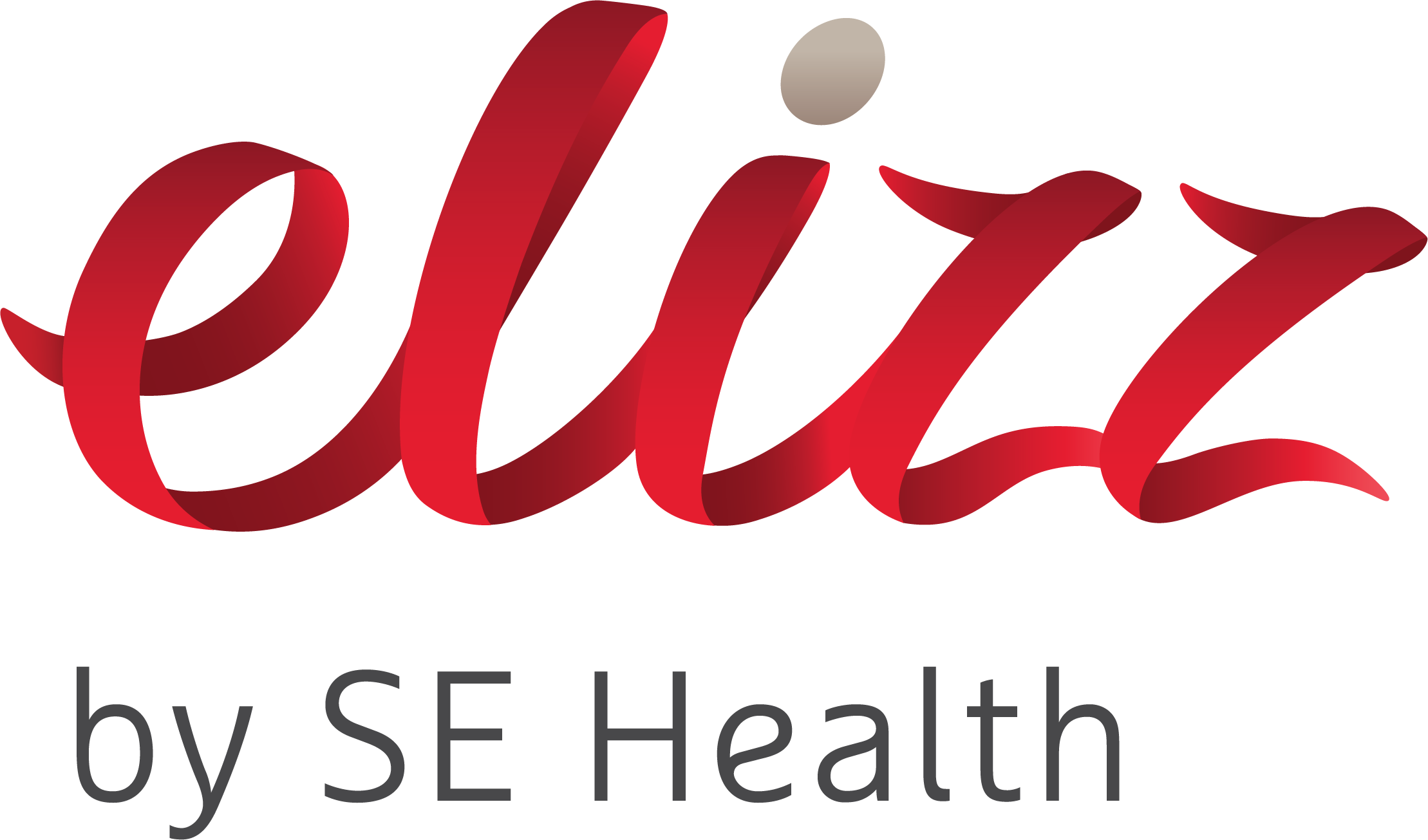Caregivers: these 5 techniques can boost memory

It is a classic understatement to state that, as a caregiver, you have a lot on your mind during this COVID-19 pandemic ( I know that you have a lot going on in your mind at the best of times!) The following mnemonics techniques may help. They are also relatively easy to learn, fun and may even help to reduce your S.T.R.E.S.S (stuff to remember every single second). You can also have some fun introducing Mnemonics to your kids. You kids, in turn, can share what they have learned with your parents. It can be an intergenerational connection.
- Sing it Loud
One way to successfully store information in your brain is through the use of music. Chances are you know your alphabet. Bet you learned it by singing the popular ♫ABCD…♪ song out loud. The brain, it seems, likes to remember things when they are contained in a catchy, or memorable tune.
Have you ever walked into a room only to forgot what you went there for in the first place? Next time try singing out loud the name of the item you are planning to look for. You may feel foolish singing or unable to carry a tune, however you’ll be pleasantly surprised when you remember the item.
- I’m a Poet and Did Not Know It
Think of a rhyme to remember something. It acts as a shortcut to recalling information in your brain. Hickory dickory dock…do you know the next line? The ability to remember nursery rhymes is because of their rhythm and rhyme. Rhyming words is a mnemonic technique to help us learn and recall information.
Here are a few examples. Do you know the water to rice ratio for cooking rice? If not, just use this rhyme “Cooking rice? Water’s twice” or how about “Looks the same, cooks the same” a reminder to chop and dice ingredients uniformly for even cooking. Here’s a rhyming reminder to be safe “Danger! Danger! When it’s a stranger. Rhymes can even help with grammar and spelling “i before e except after c”. And this well-known poem written to remember the number of days in the month:
Thirty days has September, April, June, and November;
All the rest have thirty-one,
Save February, with twenty-eight days clear,
And twenty-nine each leap year
- A.C.R.O.N.Y.M.S
An acronym is a word that is made up by taking the first letters of all the key words or ideas you need to remember and creating a new word out of them. For instance, the word “FAST” helps remember and recognize the signs and symptoms of a stroke F: Face drooping. A: Arm weakness. S: Speech difficulty T: Time to call 911!
The acronym T.G.I.F (Thank God it’s Friday) caught on very quickly and is now commonly used by many as a reminder to jumpstart their weekend.
Ever experience this? You’ve gone to the grocery store and bought everything except the one item you truly intended or needed to buy. Next time make an acronym up for yourself. Say you’re grocery shopping to buy bread, milk, eggs and apples. Use the first letters and create a word to recall the items B.(bread) E. (eggs) A. (apples) M.(milk)=BEAM. Voilà! No more running back to the store. Or you can simply write it down on a L.I.S.T. (Like I Should Too).
- Chunking Information
Most people can remember only so much information at one time. Chunking is a mnemonic technique that breaks down hunks of information into easier to remember pieces or chunks. Phone numbers, credit card numbers and social insurance numbers are typically chunked in groups of three or four numbers for easy recall. Unfortunately, we no longer memorize telephone numbers; our mobile phones do that for us.
Chunking lists like the classic to-do list into themes or categories or chunking processes can reduce stress on the brain when it’s overloaded with information. Here’s a case for chunking a process–painting a room. You can divide painting a room into 3 parts:
- preparation (chose paint, tape edges, put down drop cloth)
- painting (paint trim walls and ceilings)
- clean up (remove tape, wash brushes, store paint and brushes).
Rather than over-thinking the entire painting process, you feel less overwhelmed with creating smaller manageable chunks.
- Visualization and Imagery
The mind remembers positive and pleasant images that are vivid, colorful, and even exaggerated. Often people’s names are hard to remember. A name linked to an image can help trigger your memory. For example, if you meet Paul his name conjures up an image of a ball, Paul rhymes with ball. You meet Mr. Barker and visualize a barking dog to recall his name in the future. You’re introduced to Rosa and a large rose blossom comes to mind. Next time you meet, the rose flower association is retrieved from memory and you remember the name Rosa.
- Oh! By the way…
There are several brain-training apps and online programs out there claiming to boost memory and other cognitive abilities. Increasingly, the evidence shows that brain-training programs don’t appear to strengthen or improve overall intelligence, memory, or other cognitive abilities.
With practice mnemonic memory techniques may help you boost your memory, recall information and improve your learning. How about this final one?
C-Caregivers are family, friends, and neighbours supporting an individual with a care need.
O-Overcoming challenges and finding inner strength and resilience
V-Very challenging times, especially for caregivers
I-Incredible is how it feels during these extraordinary times
D-Day by day figuring out the ‘new normal’
Do you have a favorite mnemonic technique to share?









